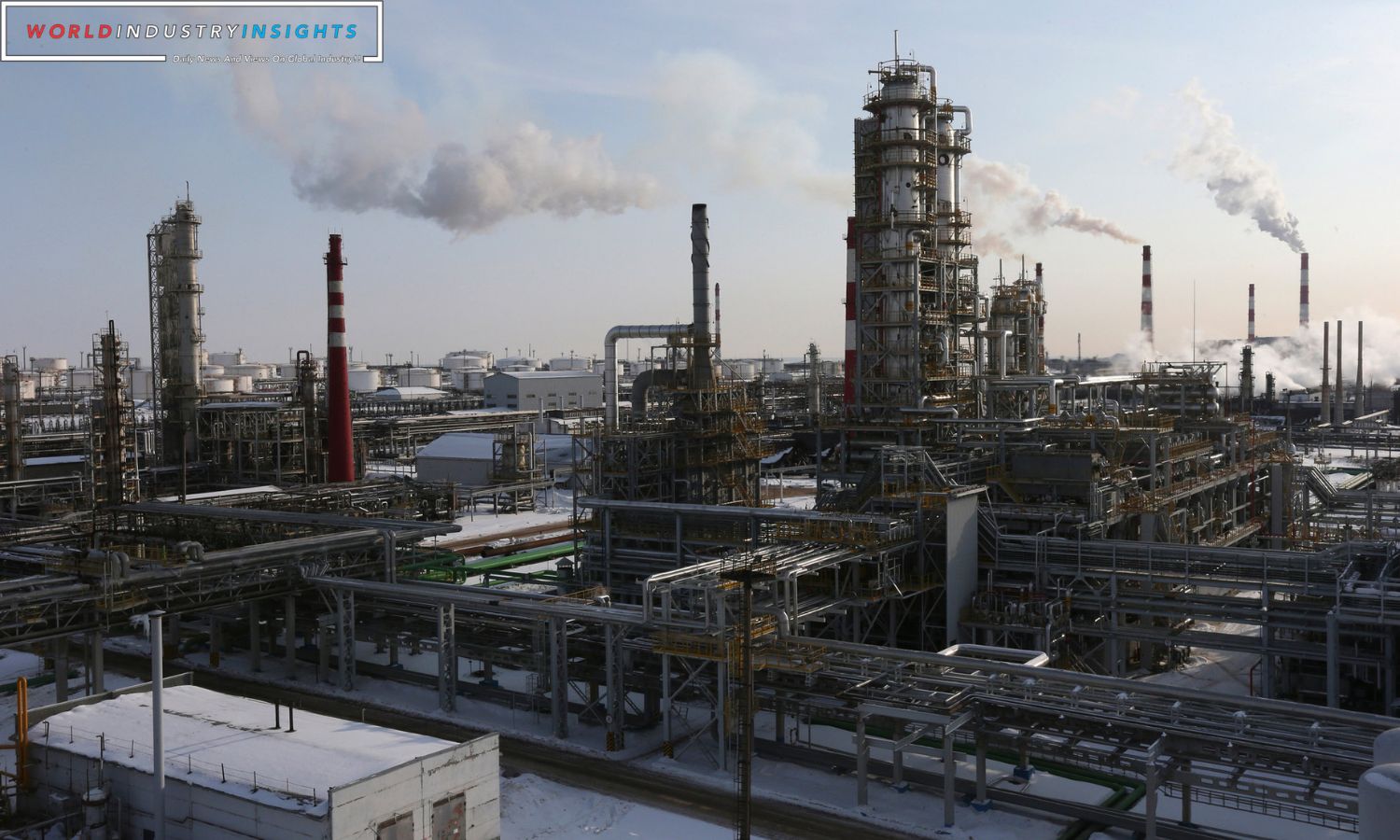Oil Markets Navigate Twists: Positive market fundamentals and mounting concerns about U.S. regulatory steps disrupting Russian oil exports drove oil prices up slightly on Tuesday. By 0722 GMT, Brent crude prices rose 0.28% to $82.75 a barrel and WTI crude futures rose 0.27% to $78.47.
Analysts from ING offered a comprehensive perspective, noting that following the recent market sell-off over the past three weeks, oil managed to find some support. While the fundamentals may not exhibit the initially presumed bullishness, they remain supportive. Notably, the market is anticipated to be in a deficit for the remainder of this year, and the surplus projected for early next year could potentially be mitigated if Saudi Arabia continues with its additional voluntary supply cuts.
OPEC’s monthly report added an interesting layer to the narrative, attributing the recent drop in oil prices to speculators. Moreover, it marginally increased its 2023 forecast for global oil demand growth and maintained a relatively high prediction for 2024. This report follows last week’s slide in oil prices, reaching their lowest levels since July, driven by apprehensions that demand might wane, especially in top oil consumers like the U.S. and China.
Chinese consumer prices in October dipped to levels not witnessed since the onset of the COVID-19 pandemic, and exports for the month contracted more than forecasted. On the other side of the equation, the U.S. energy department’s decision to purchase 1.2 million barrels of oil to replenish the Strategic Petroleum Reserve could act as a demand booster.
Also Read: Oil Surges And Equities Stand Strong: Global Markets Oppose Challenges
A critical factor impacting the oil market is the U.S. crackdown on Russian oil exports. The U.S. Treasury Department has taken a significant step by sending notices to ship management companies seeking information on 100 vessels suspected of violating Western sanctions on Russian oil. This move comes in the wake of Washington’s efforts to restrict oil revenues to Moscow.
Discussions are ongoing in Iraq regarding the potential resumption of oil flows through a key pipeline. While this could contribute to an increase in crude supplies, it also introduces an element of uncertainty into the market. Iraq’s oil minister anticipates reaching an agreement with the Kurdistan Regional Government and foreign oil companies to restart oil production from the Kurdish region’s oilfields and resume northern oil exports through the Iraq-Turkey pipeline.
Turkey had suspended 450,000 barrels per day of northern exports through the Iraq-Turkey pipeline since March 25 following an International Chamber of Commerce arbitration ruling. Several focal points are on the horizon for the oil market, including the release of the International Energy Agency’s latest monthly oil market report. Additionally, U.S. inflation data set to be published on Tuesday and U.S. producer price index data on Wednesday will likely have a bearing on market dynamics in the near term.
According to CMC Markets’ Shanghai-based analyst Leon Li, the APEC summit’s influence on Sino-U.S. ties and China’s potential interest rate reduction could boost oil prices. The intricate interaction of global economic and geopolitical forces continues to impact oil prices, complicating the market narrative.
Our Reader’s Queries
What is going on with oil prices today?
As of 9 a.m. ET today, the WTI futures are trading at $71.25 per barrel, which marks a 2.92% decrease in the past 24 hours.
Are oil prices expected to rise in 2024?
The US Energy Information Administration has recently revised its crude price forecasts for 2024, predicting a decrease of 8 cents/b to $77.99/b for WTI and $82.49/b for Brent. The agency also anticipates a further decline in prices in 2025 due to an increase in production that surpasses demand.
What moves the usoil market?
The cost of oil is mainly influenced by the balance between its supply and demand. If the demand for oil exceeds its supply, the price of oil will increase. Conversely, if the demand for oil decreases and the market is flooded with supply, the price of oil will decrease.
What is the prediction for the oil market?
The decrease in oil inventories is expected due to the OPEC+ production cuts announced on November 30. Our analysis predicts that the Brent price will rise from an average of $78/b in December 2023 to an average of $83/b throughout 2024.


